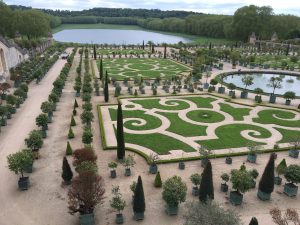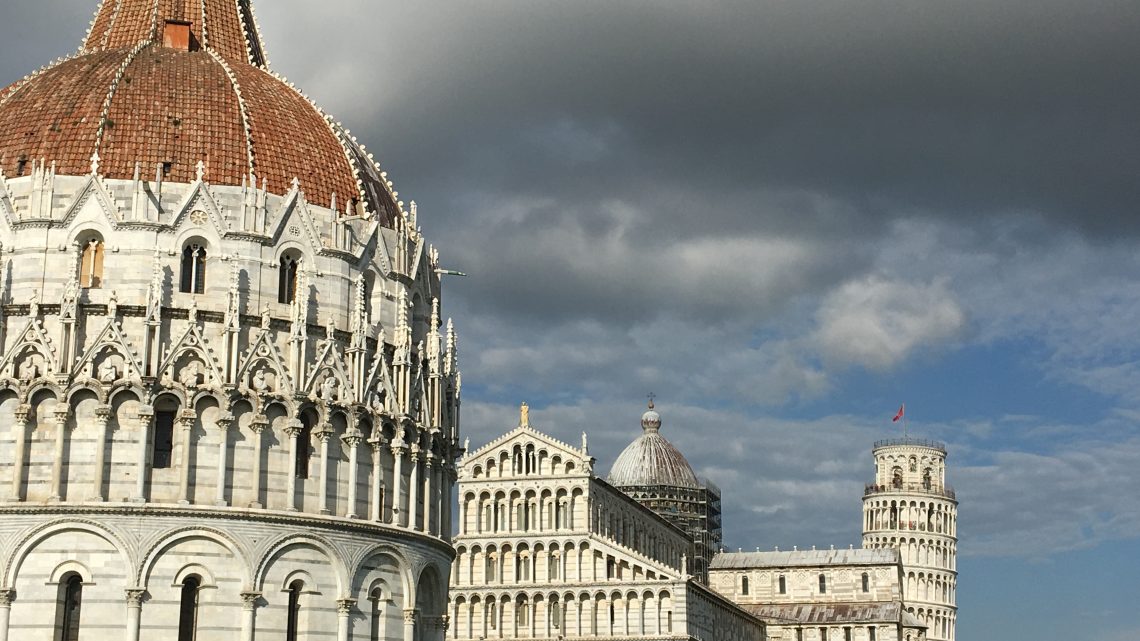I lost track of how many towers we climbed during our two weeks in Italy and France. Some of them were smaller, like the Arch de Triumph in Paris, and some were significant in height, like the Leaning Tower of Pisa and the Eiffel Tower with 1,710 steps. Tourists are no longer allowed to climb to the top of the Eiffel Tower for safety reasons—you have to take the elevators. The Eiffel Tower is the most visited paid tourist attraction in the world, with an estimated seven million visitors per year. The Great Wall of China is the most popular attraction in the world, with the Coliseum in Rome being number two.
Today, Parisians love the Eiffel Tower. They’re proud of its fame and enjoy the large financial boost it brings to their economy. But when it was being built between 1887 and 1889 for the World’s Fair, the locals petitioned for the project to be stopped because they thought it was ugly—a terrible eye sore amidst all their beautiful museums and statues and extravagant architecture and art.
It’s all a matter of perspective—of how things look from where you are. What line is your eye following? From your starting point, what’s most important to you right now?
Behind and before
A major lesson in perspective came from visiting Michelangelo’s David statue in the Accademia Gallery in Florence. At nearly 17 feet tall (and placed on a huge pedestal) it is extremely impressive. Our tour guide told us that Michelangelo was experimenting with proportion and depth of field, and that the David was originally intended to be placed in a high position in a basilica and viewed from a distance. That is one reason why Michelangelo made the hands and head so large, seemingly out of proportion to the rest of the body. Another reason was that he wanted to focus on freedom of thought and action.
Another lesson in perspective came as I was walking down the open metal staircase from the second level of the Eiffel Tower where they let you exit if you want to. I found that as long as I watched the ground (just a few steps in from of me) my motion sickness stayed under control. If I stopped, I could look anywhere I wanted and be OK. But if I was walking, moving, my perspective had to stay within just a few feet.
The main lesson about perspective I want to take away from this experience is that it is not helpful for me to try to project too far into the future, or to look around at other people near me and compare my progress with theirs. As long as I’m moving, I just need to concentrate on the next step. And when I pause occasionally in my life journey, that is the time for self-evaluation.
Phil 3: 13-14 says, “but this one thing I do, forgetting those things which are behind, and reaching forth unto those things which are before, I press toward the mark for the prize of the high calling of God in Christ Jesus.”

A section of the magnificent gardens at the Palace of Versailles, viewed from the terrace above them.








